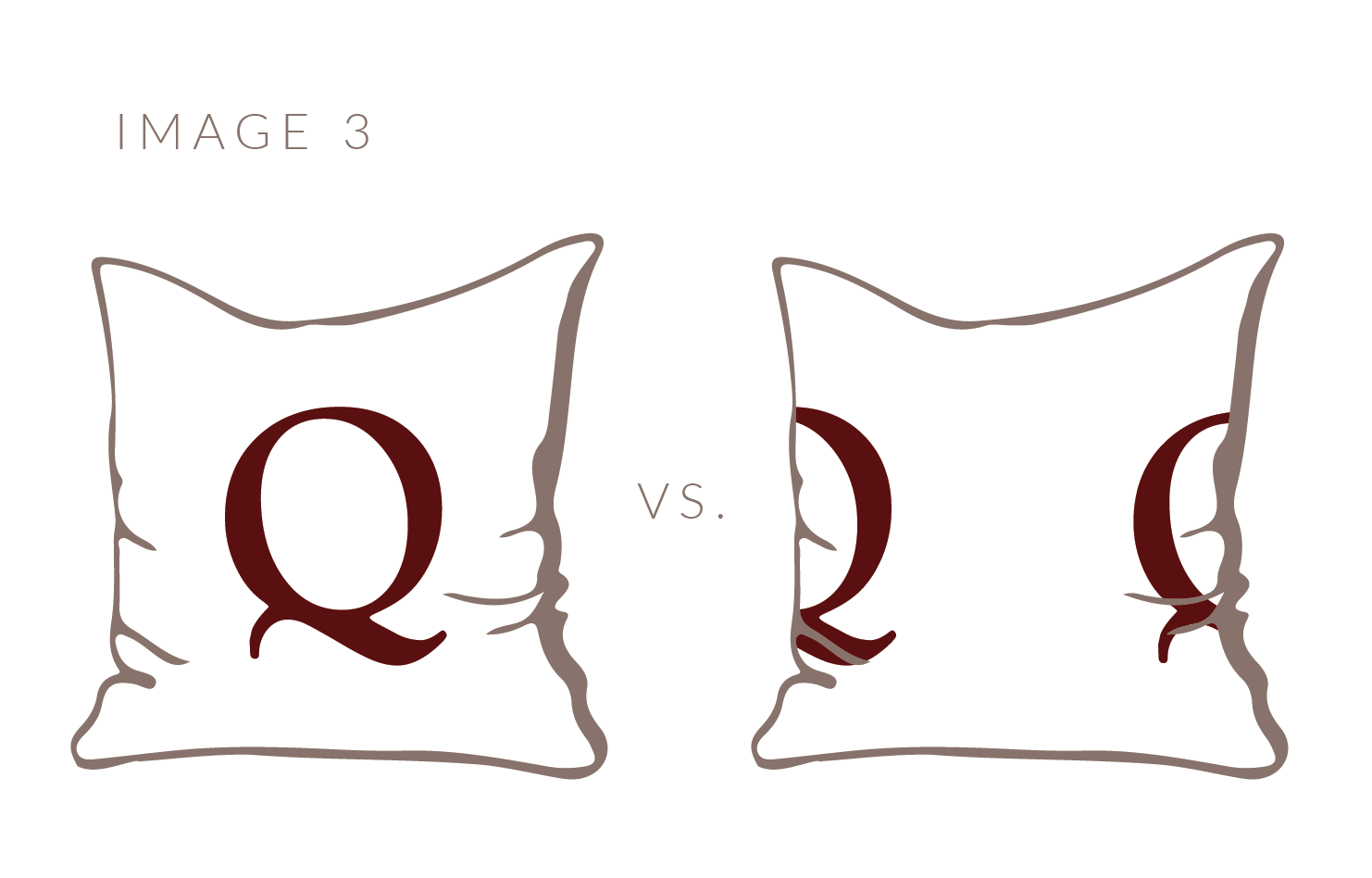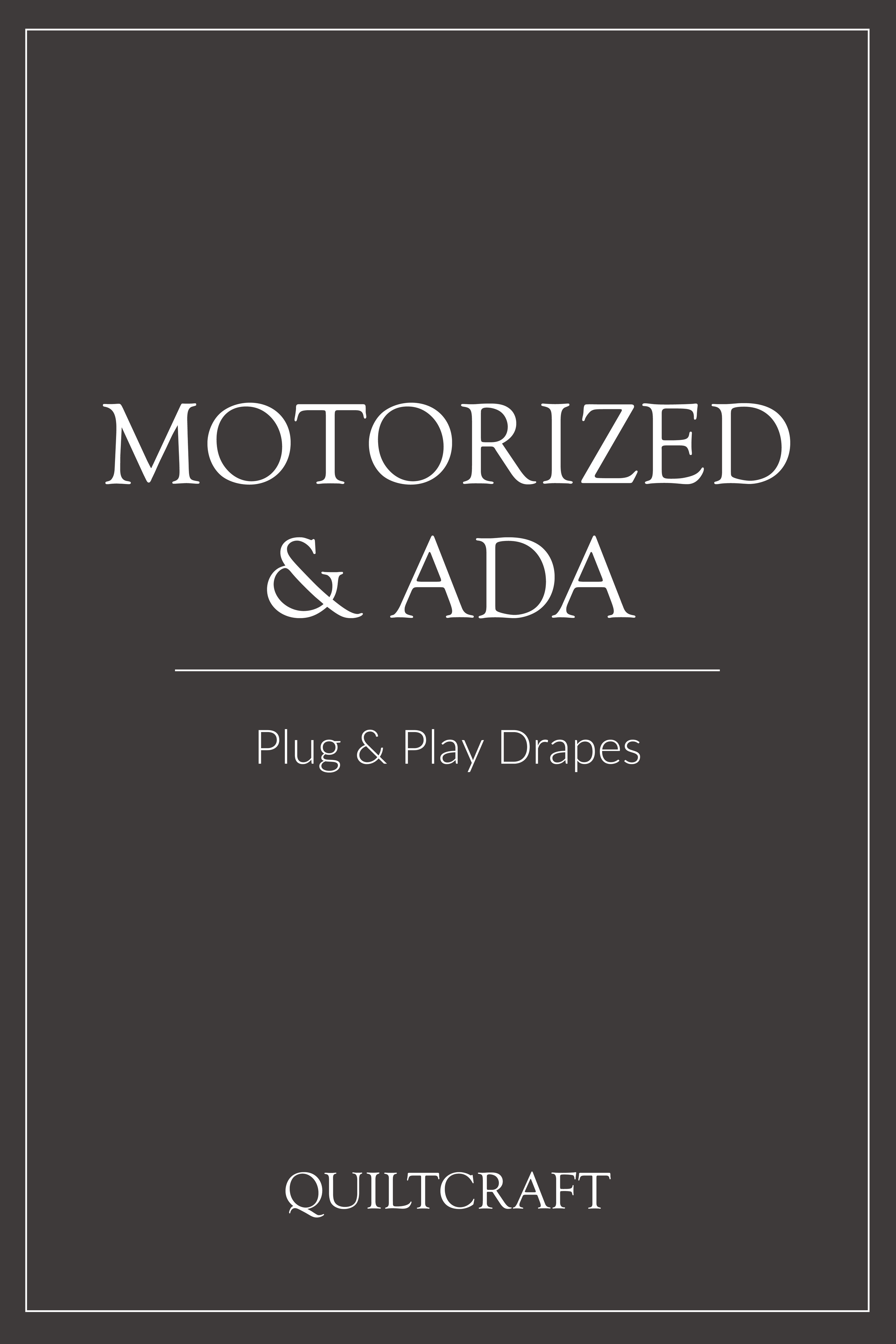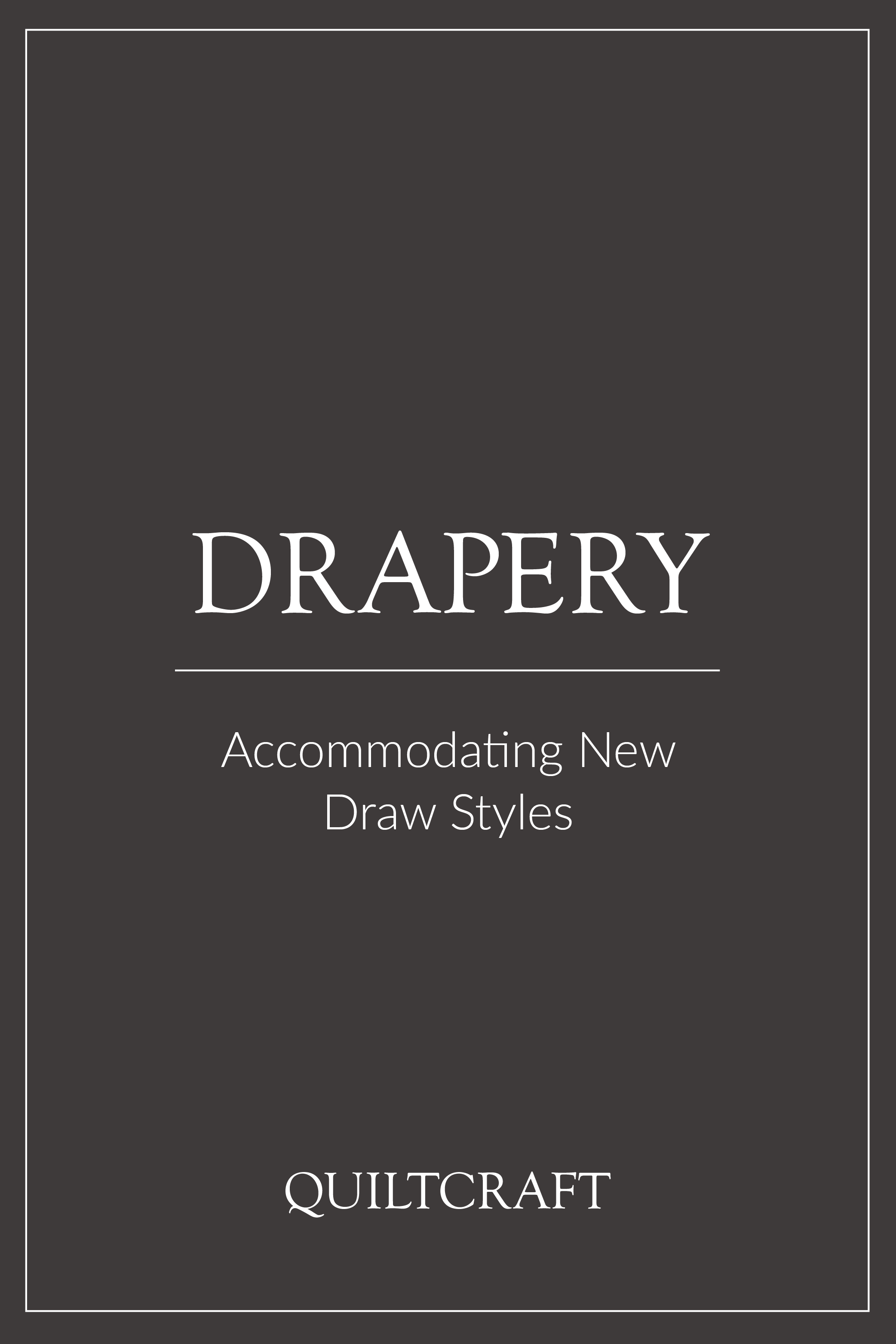What Is Fabric Pattern Repeat?
Most fabrics have patterns. Regardless of what that pattern is, there is always a repeat, which means there’s logic to it. That logic to the fabric weave is what the industry calls a ‘fabric repeat’.
Repeat refers to the amount of space (usually in inches) from where a pattern begins, and then begins again. Repeat can occur both on the vertical and horizontal plane of a fabric and the good news is that the repeat should always be given by the fabric manufacturer (see the below fabric specification card as an example).
As you read this information on the card, it doesn’t necessarily prepare you for much, unless you understand what to do with it.
That’s why we’re here!
Fabric repeat becomes important during the process by which panels are serged together to create the finished width of a drape, or when pillows or bedding are designed to feature a specific image at a specified location on the finished good. Either way this usually means that the yardage needed to accomplish is directly affected by the pattern repeat. Typically a fabric with a larger repeat means more fabric is needed to match the pattern, due to waste. If a fabric has a very small repeat, then less fabric is wasted and therefore, less fabric is needed.
We mentioned above that repeat is measured both on a horizontal and a vertical plane. Exactly how that occurs is explained & shown below.
What is a horizontal repeat?
The horizontal repeat is measured from selvage to selvage as you move across the width of the fabric in a straight line.
What is a vertical repeat?
The vertical repeat is measured along the length of the fabric as it comes off the bolt.
The final question, helpful in fully grasping the effects of fabric repeat is, how does this directly affect fabric yield and design?
As we mentioned previously, the simple rule of thumb is that a treatment using a fabric with a large pattern repeat will require a greater amount of fabric, due to waste in matching patterns at seams or centering them in the design (more on this later). The same treatment using fabric with a small fabric repeat will require less fabric, as less fabric must be wasted in matching patterns.
When designing and specifying a pillow or a drape with a patterned fabric that has a distinct/large pattern repeat, it is extremely important to note how the pattern is to be used on the product. If this information is not included in the spec or directly communicated to the manufacturer's point of contact in very clear terms, the end product may look drastically different than desired.
For example, if you have a fabric with a large "Q" pattern, ie. vertical repeat of 18” and horizontal repeat of 15” that you are using to make pillows, the manufacturer would need to know that you want the "Q" centered on every pillow (if you can provide space from the edge of pillow on all 4 sides, even better). If this is not specified, and we use the fabric without regard to repeat, fabric would be saved but, you also may only have ¾ of a "Q" on each pillow or ½ a "Q" on each side. See image 3 below as an example of a pattern repeated correctly vs. incorrectly.
Therefore...
Fabric #1, called ‘Pre DP Geode’, has a horizontal repeat of 54” and a vertical repeat of 126” (this is a massive repeat). To take this fabric and make a rippelfold drape 75” wide & 90” long @120% fullness you would need 14.74 yds. of fabric.
Fabric #2 is called ‘Arcade Dusk’ (which is technically an upholstery fabric, but it was a great pattern example). It has a horizontal repeat of 1.75” and a vertical repeat of 6.2”. To take this fabric and make the same ripplefold drape, 75” wide by 90” long @ 120% fullness, you would need 13 yds. of fabric.
Fabric #3 is called ‘Terrazzo STR Sheer’ has a horizontal repeat of 4.5” and no vertical repeat. To take this fabric and make the same ripplefold drape, 75” wide by 90” long @ 120% fullness you would need 6 yds. of fabric. It should also be taken into account that this is a railroaded fabric meant to be used for continuous sheers.
(to learn more about how much fabric is needed for your next project's drapes, check out our blog post on 'What Is Fullness?')
The vast difference in these yields should give you a bit more of a vision for the effects of pattern repeat. It is extremely important to note that railroading vs. UTR also can have vast effects. We’ve covered this in a previous post (What is Railroading?) but it is of note that pattern repeat and the direction a fabric runs will work in conjunction or difference to one another often.
Check Out Related Resources













